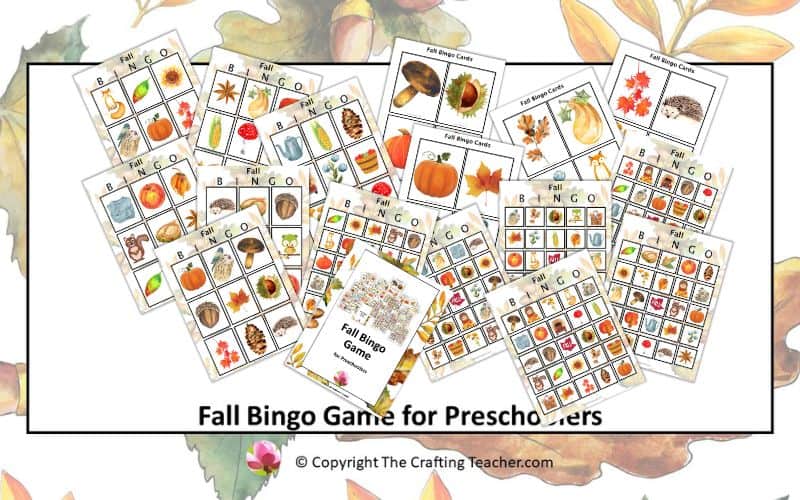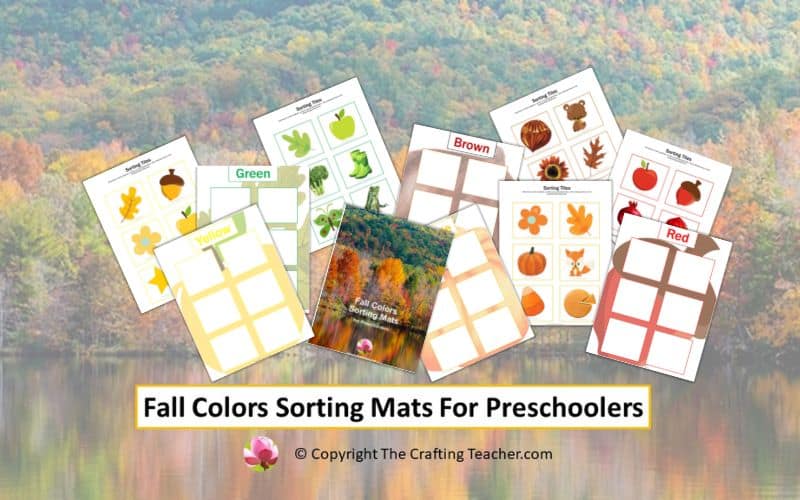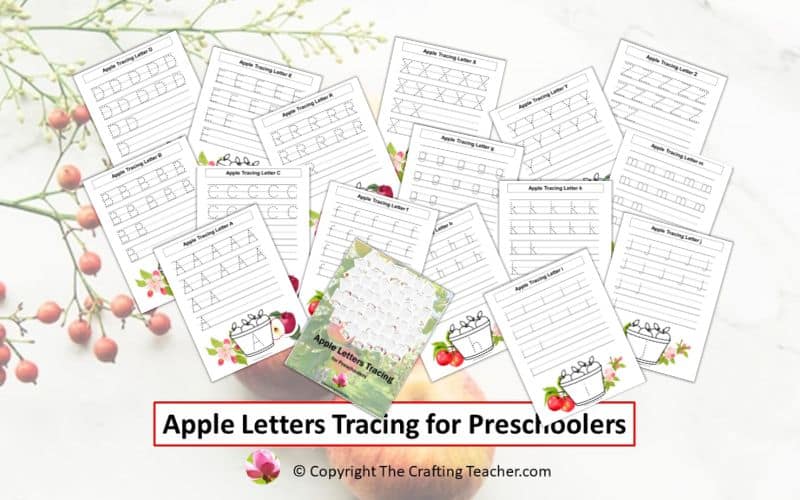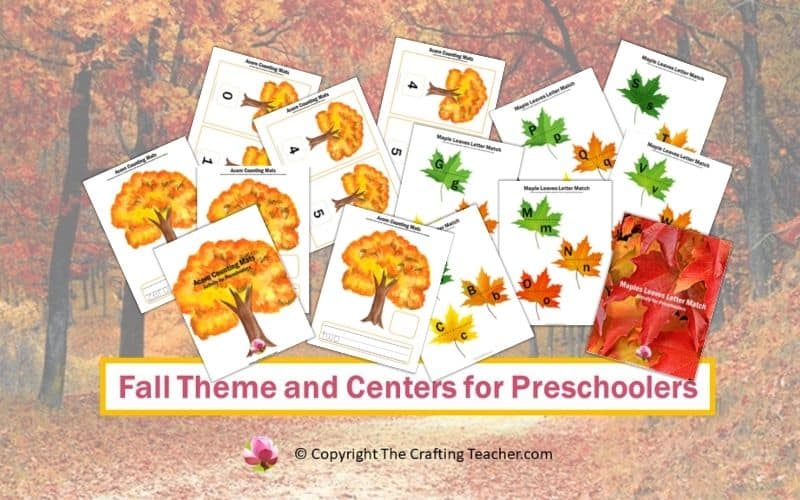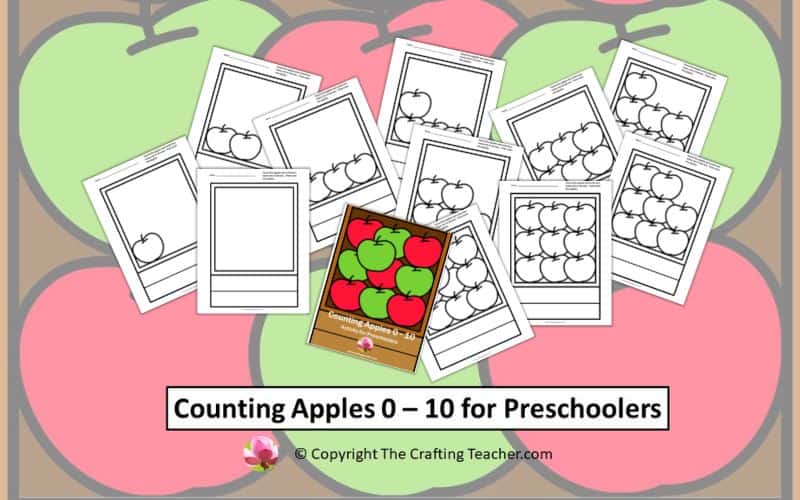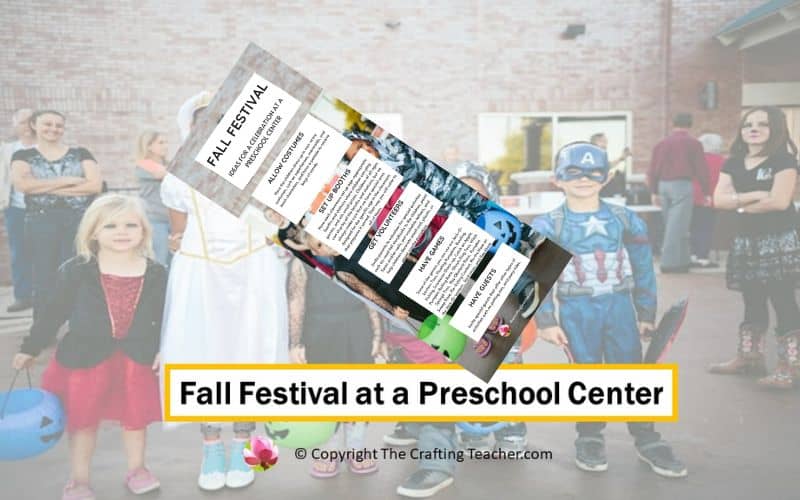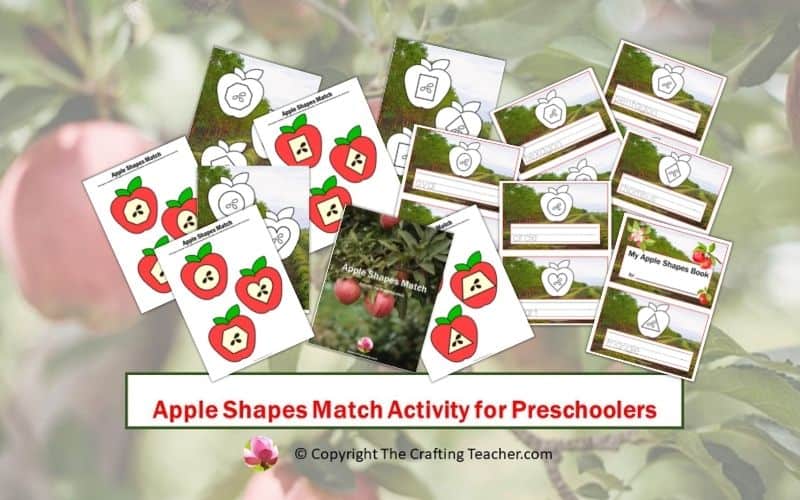Fall Bingo Game for Preschoolers
Affiliate Disclosure: “This post contains affiliate links, which means I receive a small commission, at no extra cost to you, if you make a purchase using those links.”
In my experience, bingo is one of the games children get more excited about. Since fall is approaching, I wanted to create this FREE Fall Bingo Game for your preschoolers.
Since young children learn with repetition and in different ways, but they also get bored if you don’t switch things around, I found out that introducing a new type of activity, manipulative or theme, most of the time is enough to engage students that are starting to lose interest in what you have to teach.
Bingo is one of those activities that you can bring in frequently if it looks different. What you can accomplish with this simple game is impressive. It keeps children entertained and focused so they can yell BINGO!! and win.
Fall Bingo Game
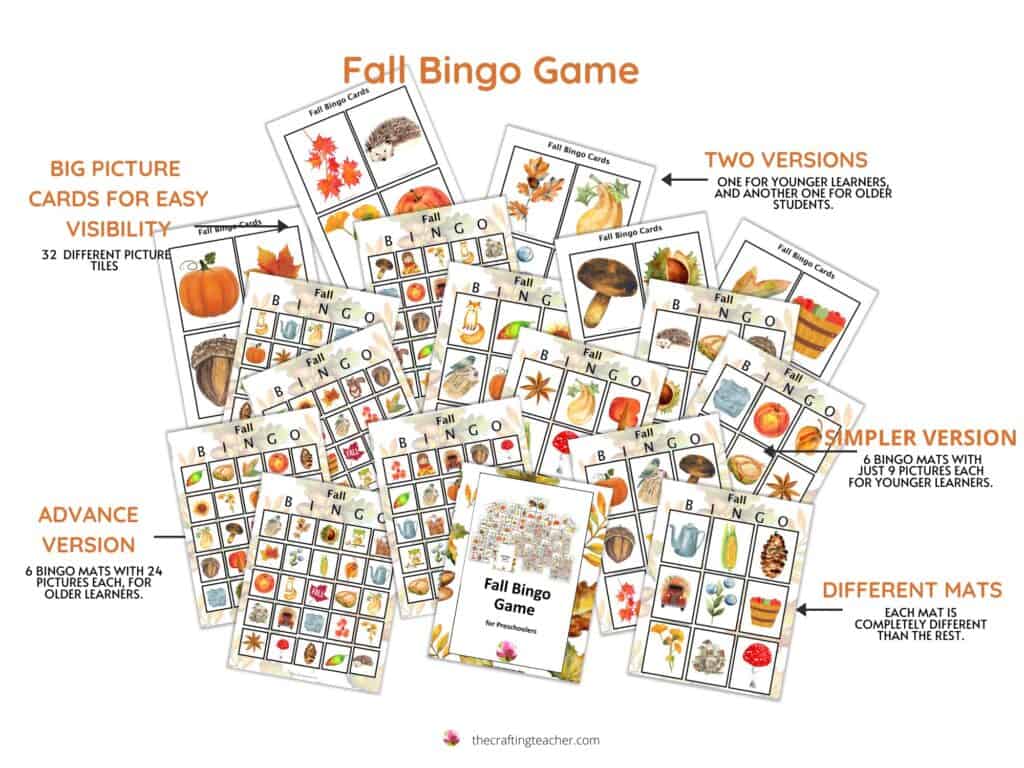
This bingo game includes two versions with six pages each, one for younger learners and another for more advanced learners. The simpler version contains six cards with nine pictures each. The advanced version also includes six cards but with 25 pictures each. I also included 32 picture cards to show the children which pictures they could mark on their bingo cards.
You can use this game as a considerable group activity. Still, it is also perfect to combine it with my other fall activities, which include Fall Colors Sorting Mats, Acorn Counting Mats, Maple Leaf Letter Match, Pumpkin Patch Counting Mats, Counting Apples 1 – 10, Apple Shape Match, and Apple Letter Tracing, to create different stations for the children to rotate through.
If your preschoolers have been exposed to other bingo games, they can work independently. However, new students or children unfamiliar with these types of games will need your guidance.
That is why I created two different sets for different developmental levels. It is very important to remember that you want them to be successful, not frustrated. Otherwise, that experience will result in a negative one, and you won’t be able to accomplish what you are trying to.
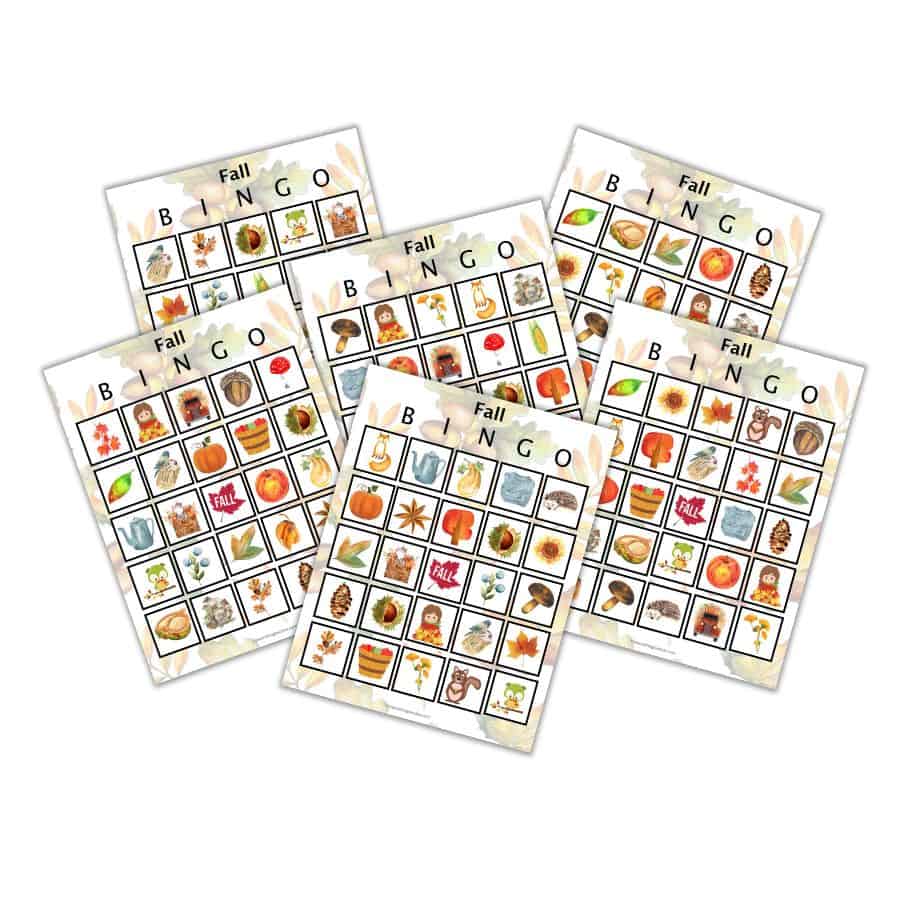
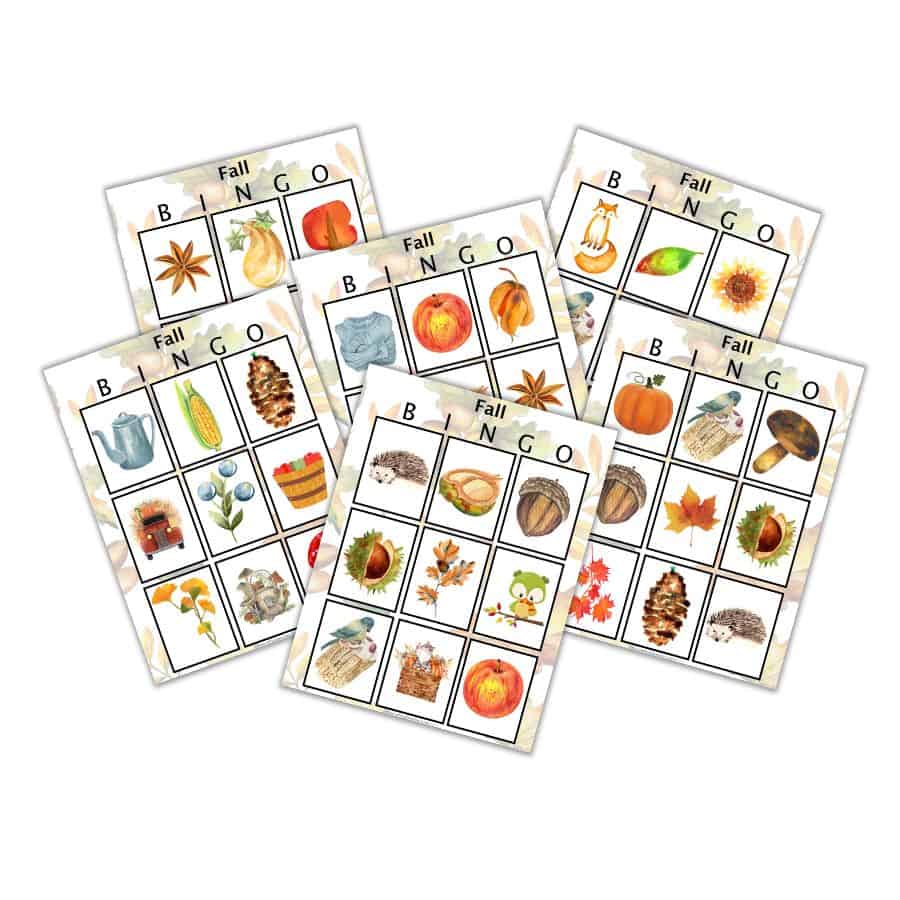
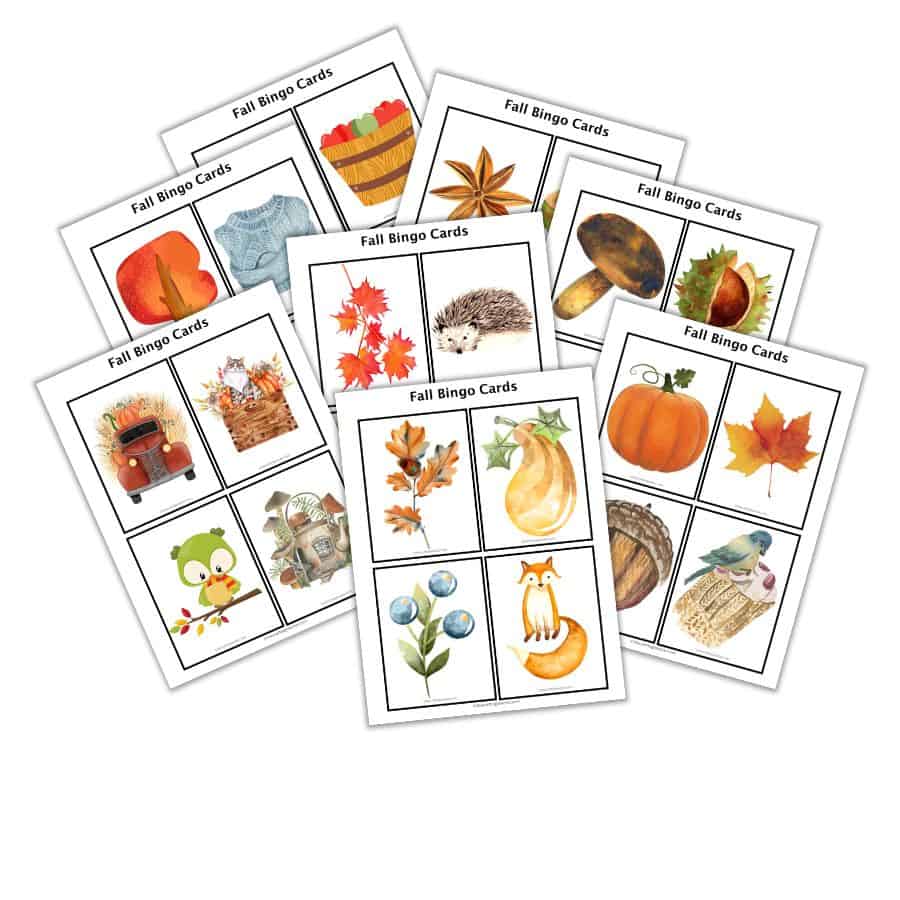
Benefits of This Fall Bingo Game
This hands-on bingo game is fun and educational. Some of the most important benefits are:
- Concentration Skills and Memory Skills Development – they need to focus to get it right.
- One-to-one Correspondence and Creating Sets Skills – when they have to match the picture you are showing them with a similar picture on their bingo cards.
- Sensory Development – because they use some of their senses when they hear and see the card you are showing and touch, feel, and manipulate objects.
- Eye and Hand Coordination: – when they see the picture, they place the bingo chip in the appropriate square.
- Social Skills – when they take turns and communicate with other players.
- Fine Motor Skills Development – when they move their hands and fingers while playing the game.
- Visual Discrimination – When they look at the pictures, they can match them with the ones on their cards.
How to Prepare the Bingo Game
This game is easy to prepare. You don’t need a lot of materials, just these:
- Fall Bingo Game (find this at the end of this post.)
- Printer.
- White cardstock.
- Bingo chips (these could be Fall mini erasers, buttons, green, yellow, red, and orange pom-poms, and anything other material small enough to fit in the bingo cards’ squares).
- Scissors.
- Laminator machine and laminator sheets.
- Dry-erase pockets (optional).
The only thing you need to do is print the Bingo Cards on white cardstock. Then, cut out and laminate them. I strongly suggest you do that to protect the cards from wear and tear and have them available for your students to play repeatedly.
If you want to save on lamination costs, you can stick the cards inside dry-erase pockets, but you will probably want to laminate the individual cards regardless.
When the Fall season is over, store them in a Ziploc bag for next year.
Playing the Fall Bingo Game
To start, each child chooses a bingo card. The teacher should place the picture cards in an envelope, basket, or other container where they are not visible.
Then, the teacher takes a random card out and shows it to the children, and whoever has that picture on his/her bingo card should place a chip on top of it.
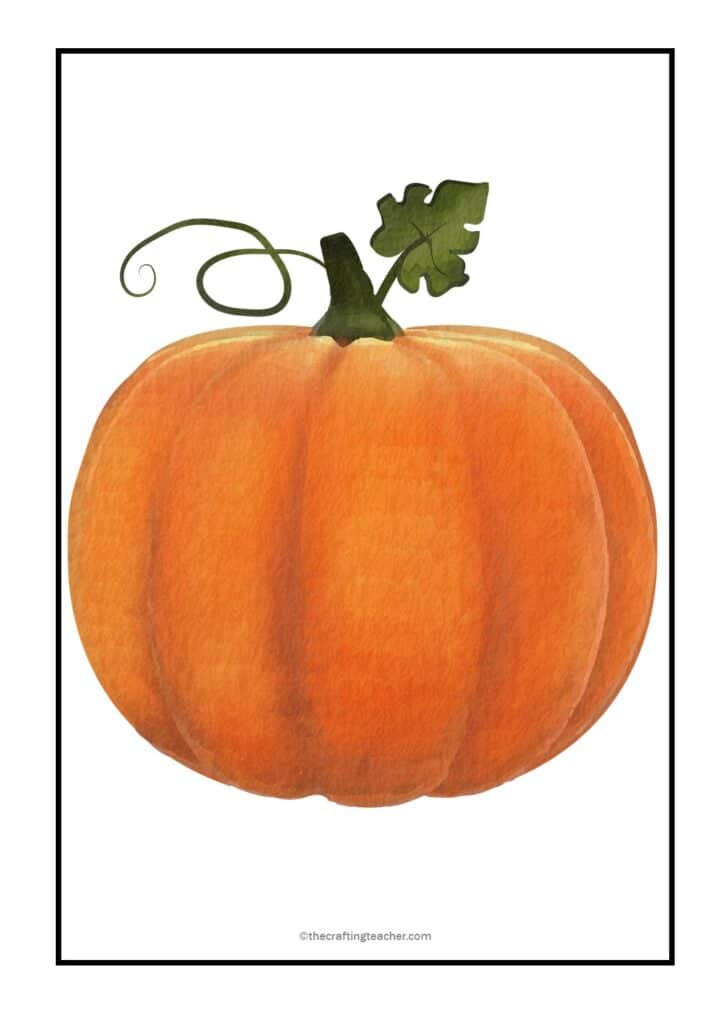
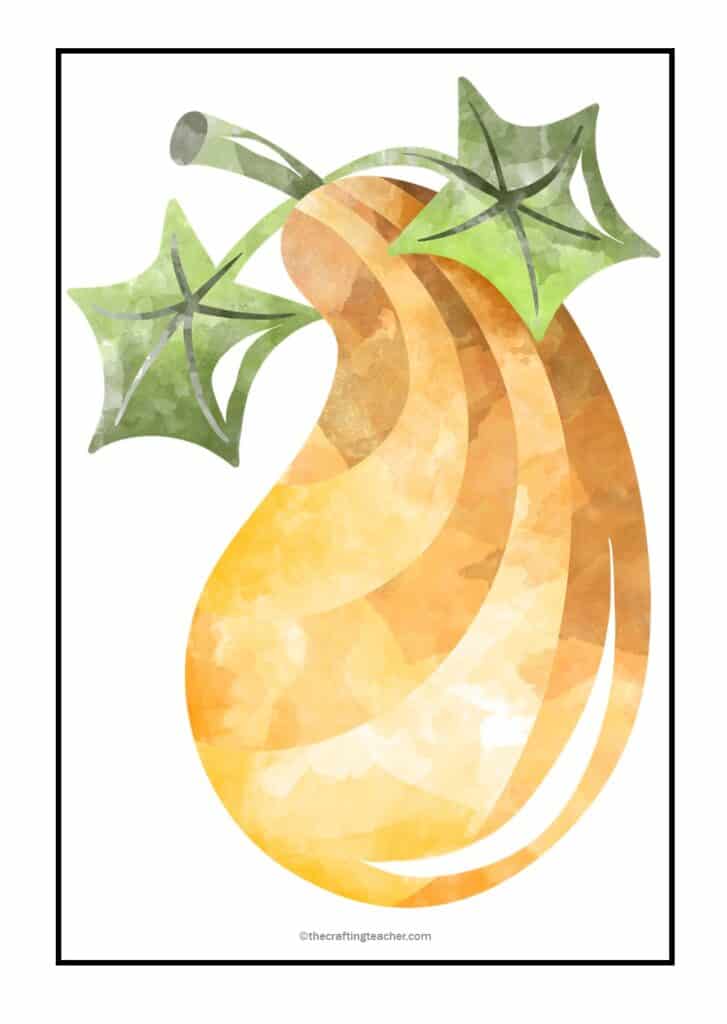
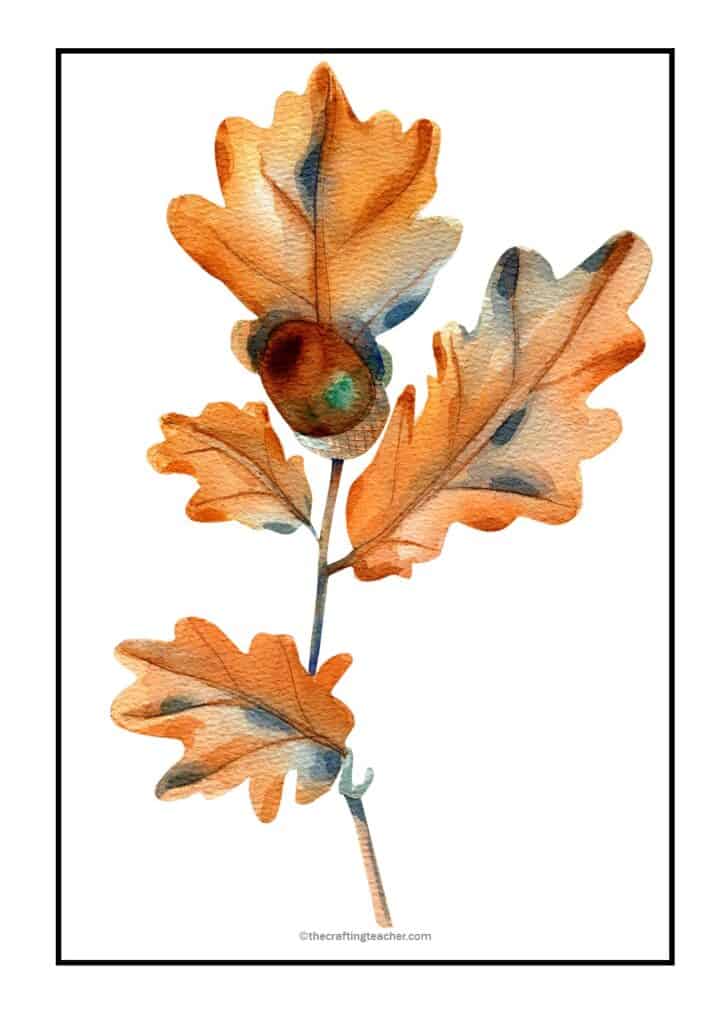
The child fills up an entire row (horizontal, vertical, or diagonal) and yells Bingo!!! to win. Suppose the child is distracted and doesn’t shout Bingo! before another one does, he/she loses. To extend the game, the winner can be the first to fill out their whole card.
This game is not only great for strengthening the children’s concentration, memory, one-to-one correspondence, and set creation, but it will also keep them busy for a long time while they learn without even realizing it.
I really like that this game could be played in the classroom or at home by preschoolers and older children, such as kindergarteners and elementary children. Why not? It’s a matter of having fun.
Extension Activities
The individual cards are so cute and pretty that you can use them for many other learning activities, taking advantage of the variety in the pictures. I’m sure you will appreciate these time-saving ideas. Some of the uses and activities that you can use these cards for are:
- Phonological Awareness Game – Take one of the cards and name the picture, emphasizing the beginning sound. For example, “This is a pumpkin. I hear /p/ /p/ /p/ at the beginning of the word pumpkin.”
- Letter Recognition – Take one of the cards, name the picture, and ask the children: “Do you know what this is? “This is a branch (for example). The word branch starts with the letter “b.”
- Language Development – During circle time, Select one of the cards and invite your preschoolers to talk about the picture on it.
- Literacy – During a large or small group activity, invite your preschoolers to create a story using the picture on one of the cards while you take dictation to make a class book. Once the story is finished, type the individual paragraphs and paste them on white paper cut out like a tall Maple leaf, acorn, or any other Fall shape.
Invite the students who didn’t participate in the story to become illustrators. Once all the pages are done, cut out the same shape on construction paper to make a cover. Type the title and the names of the authors and illustrators. Laminate all the pages and hold them together with a spiral or staples.
Don’t forget to make copies of the book to send home to all the preschoolers.
- Artwork – Place green, yellow, red, and orange tempera paint and crayons in the art center, and invite each preschooler to select a card and use it as inspiration to draw or paint a picture. You can also provide green, yellow, red, and orange tissue paper and let the students rip pieces of the different tissue papers and glue them to make a Fall collage.
- The “The Missing Card” Game – This game is better as a small group activity. Take 3 to 5 cards and place them on a table. Ask your preschoolers to name the pictures on each card. Then, have your children close their eyes while you remove one card. Then, ask your preschoolers to open their eyes and tell you which card is missing.
Fall Books
Remember to read books with your children. This activity is one of the most important and educational ones you can do with them, and they love it. Below are some suggestions. You can find these books at your local library, used book store, or on Amazon. For your convenience, I added my direct Amazon links to the titles. If you like any, click on it, which will take you directly to the site.
- The Leaf Thief by Alice Hemming uses vibrant art and captivating characters to capture the magic of autumn on each page as readers tag along with Squirrel’s forest adventure.
- Crunchy Leaves, Cozy Sweaters by Essie Bell is an enjoyable book written in rhyme. It shows various activities that everyone can delight in every day throughout fall.
- What is Fall? by Random House introduces children to the wonders of fall with illustrations, holes to peek through, an autumnal color palette, and simple, rhyming text.
- There Was an Old Lady Who Swallowed Some Leaves by Lucille Colandro tells the story of an old lady swallowing some leaves, clothes, a pumpkin, and a rope to welcome the Fall season with funny illustrations and a spin on a classic rhyme!
- Pete the Cat Falling for Autumn by James Dean talks about how Pete realizes there’s so much to enjoy and be thankful for about autumn when he discovers corn mazes, hay rides, and apple picking.
- A Very Big Fall by Emmy Kastner is the funny and heartwarming story of three adorable autumn leaves, surprised by their turning colors and the promise of the fall to come, perfect for any child who struggles with change.
- The Very Hungry Caterpillar’s First Fall by Eric Carle will teach children about seasonal sensory experiences, such as looking at the leaves as they change color, listening to the whooshing wind, feeling the warmth of a warm, cozy sweater, and so much more.
- We’re Going on a Leaf Hunt by Steve Metzger uses accessible rhyming text and fun sound effects to tell the story of three friends who have a big adventure hiking over a mountain and through a forest to collect leaves of all kinds and colors.
- Fletcher and the Falling Leaves by Julia Rawlinson will encourage children to share feelings of wonder and empathy as they listen to the story of Fletcher the fox, who is concerned about nature and wants to understand the changing seasons.
Pin It For Later
If you are in a rush and don’t have time to read the post and download the printable but want to save it for later, pin it to your Math or Fall board on Pinterest to have it available when needed.
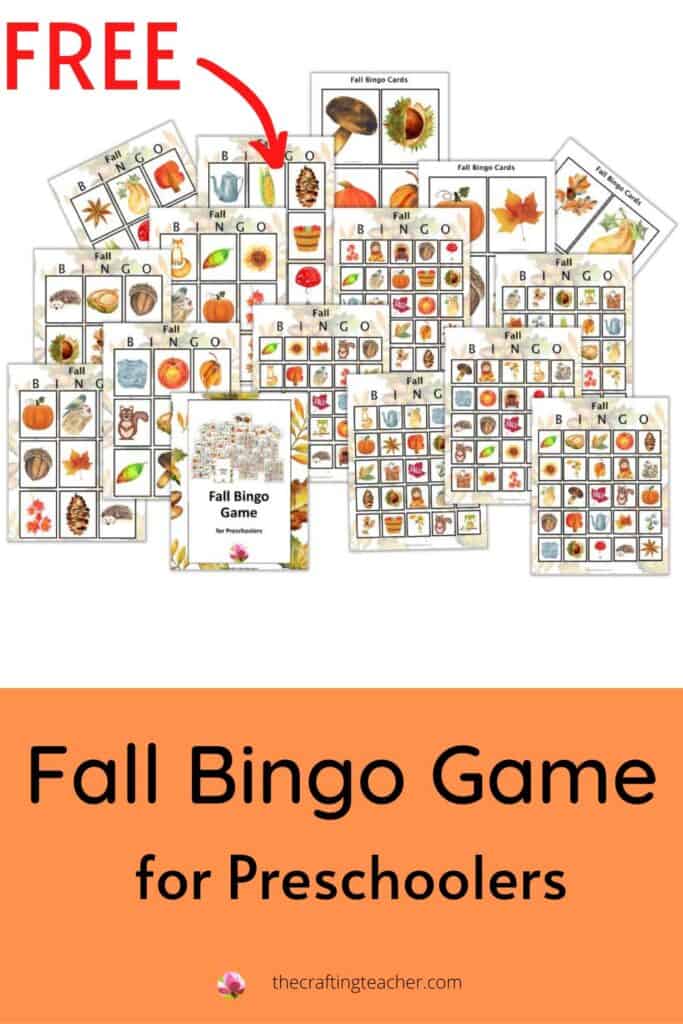
Don’t forget to grab your FREE Fall Bingo printable! Just click on the bottom below to download both versions in one file.
Then check out my other Fall activities to get those free printables as well. You can expand your Fall activities collection and help your preschoolers have fun while learning.
I hope you find these activities helpful and that you have a successful season of learning and entertainment in your preschool classroom or home.
Be happy, safe, and creative. I wish you well.
Love,

P.S. If you would like to see an article about how to make something specific, please let me know, and I will try my best to write it for you.

